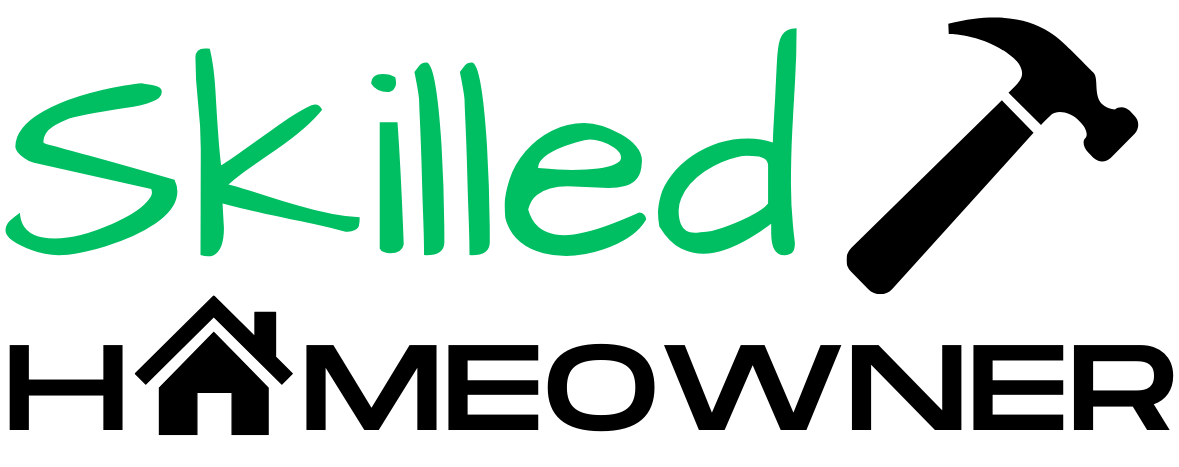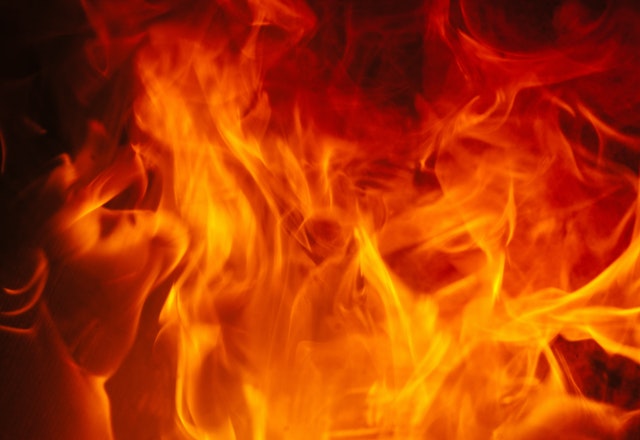Will Pressure Washing with Bleach Kill Grass?
Pressure washing is a great way to clean the exterior of your home. It doesn’t matter how much you take care of your house, it’s still common for dirt, mold and mildew to build up on most surfaces. But will pressure washing with bleach kill grass around your home?
When done correctly, pressure washing with bleach will not kill grass, or your lawn. The most important thing is preparing the area ahead of time, so the grass can stay protected. Let’s take a look at the exact steps you can take, in order to keep that lawn healthy.
How to Protect Grass from Bleach

1. Overwater the Grass
One simple way to protect grass from bleach it to overwater your lawn before pressure washing. This process works so well because bleach is known to kill grass that is already dry. You can effectively help save the grass from dying by overwatering the lawn before applying any bleach. Then it won’t soak up any of the harsh chemicals.
It’s important to protect the grass when pressure washing a roof, or the exterior of your home. Gravity will push the bleach down from your roof to the areas below. If you have a gutter system in place, downspouts will usually dump water back onto the grass. Even when washing the side of a house, overspray can travel and land directly on the lawn.
2. Cover the Grass with Tarps
If you don’t have the luxury to use this much water, covering the grass with tarps is another option. You can easily lay outdoor plastic tarps over the lawn to protect the ground from harsh chemicals found in bleach. This method works best if you are working by yourself, because you won’t need to rely on another person during the job.
Typically two people will be needed for the first method. One person continuously waters the grass, while the other person pressure washes the house. But when using tarps, you don’t have to worry about this. Just remember not to leave plastic tarps on the lawn for too long, as it can kill the grass. Always pick them back up when the job is finished.
3. Dilute the Bleach
If you want the best of both worlds, diluting the bleach can be a great option. This method adds more water to the cleaning solution, so you don’t have to worry about killing the grass. The chemicals can be very harmful to the grass without mixing water and bleach. So you can decrease the level of harmfulness by following this step.
The dilution ratio really comes down to the job. For routine cleaning you can mix 1 part bleach with 3 cups of water. This should give you plenty of cleaning power without creating any harm. Anything higher than this might make the bleach too strong for the grass. Just remember to rinse the lawn down one last time, once you finish the job.
How to Pressure Wash Near Grass
Now that we have covered how to protect your grass from bleach, let’s go over the pressure washing process. The steps below will generally explain how to wash the exterior of a house. But you can apply this method to similar areas as well.
Plan out the Job
Before beginning your pressure washing project, it helps to plan out the job. If you’re pressure washing the exterior of a house, make sure to clear out the area you will be working in. This includes moving any vehicles, lawn furniture, outdoor tools, and children’s toys. The last thing you need is for these items to get in the way when washing.
Once all of this stuff has been put away, you can start gathering supplies. You will need more equipment depending on the size of the house you’re washing. Remember to use a long hose for areas that are hard to reach and always have a ladder ready if you’re working on a two story house. You don’t want to start the job, only to need another tool.
Wash High Areas First
It doesn’t matter if you’re working on a ranch or a two story house, because high areas always need to be washed first. This will not only make the entire cleaning process easier, but it will also prevent you from doing additional work. Gravity will naturally pull dirty water down a surface, which is why you need to start at the top.
If you don’t follow this cleaning method the dirty water will pass over areas that have already been cleaned. So make sure to always start at the top, in order to create professional looking results. You also don’t want to forget to clean the gutters during this time. These sections of the house can be filled with dirt, so clean them before moving on.
Try Different Settings
Even if you are pressure washing your own house, you will quickly learn that some surfaces will be much dirtier than others. That’s why you will need to experiment with different settings to create the best possible results. Try out different nozzles to see what works best on the surface you’re cleaning. Just don’t use anything too aggressive.
A 15, or 25 degree nozzle will be safe on most houses. The number relates to how wide, or small the spray pattern is. Anything lower than 15 will simply be too powerful for most house siding. All of the pressure is concentrated on a tight surface area and can potentially damage the exterior. Keep this in mind whenever you’re working on delicate areas.
Rinse & Clean the Area
When the cleaning is finished you will need to spray down the lawn with water one last time. This will guarantee that pressure washing with bleach doesn’t kill the grass.
Any chemicals left on the grass will either be removed with the pressure washer, or further diluted so they don’t cause any harm. Once this is done you can put away all of the equipment.
Additional Tips
Use the correct attachment – If you choose to overwater the grass to keep it alive, make sure that you’re using the correct nozzle. An attachment that’s too aggressive will rip right through the grass and expose fresh dirt. That’s why you need to use the least aggressive nozzle so you have a wider and safer spray pattern.
Don’t wash in direct sunlight – Unfortunately we don’t have the ability to control the weather, but we can choose what day we want to work on. If you’re pressure washing around your house, it’s best to pick an overcast day for the project. You can skip overwatering the grass and use plastic tarps instead, without having to worry about too much heat killing them.
Use environmentally safe soap – Some people get stuck on the idea that they have to use bleach when it comes to cleaning. Sure, bleach can help in some cases but it isn’t the best choice for everything. Using an Eco-friendly detergent can help protect local watersheds and it uses little to no chemicals. Plus, you won’t have to worry about protecting your grass.
Conclusion
Hopefully this article has taught you that pressure washing with bleach will not kill grass around your home. When done correctly, you can preserve the color of your grass and keep that lawn looking healthy. All you need to do is overwater the grass, use a tarp for protection, or dilute the bleach.
Further Reading
- Will Pressure Washing with Bleach Kill Plants?
- Can You Pressure Wash Block Paving?
- How to Pressure Wash Artificial Grass
Search Terms
- Will pressure washing with bleach kill grass?
- How to protect grass when pressure washing with bleach






